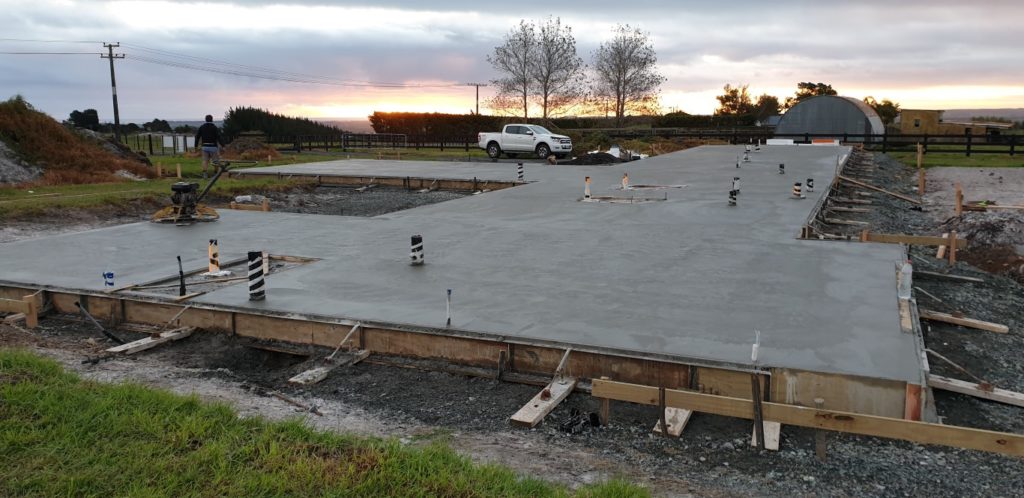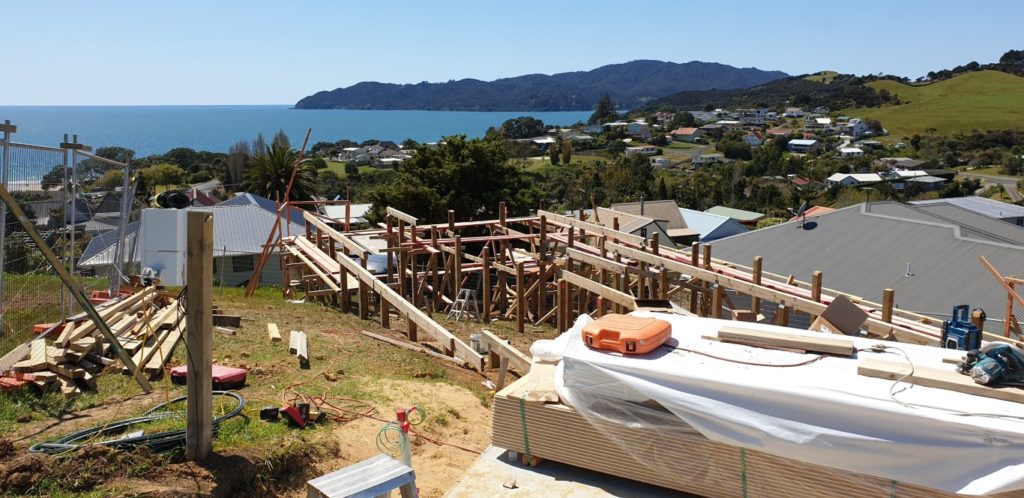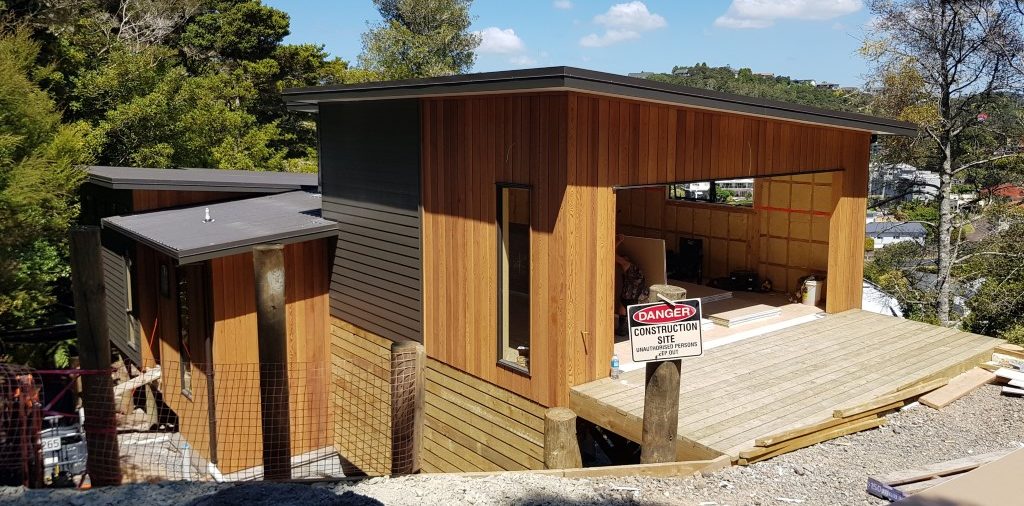As with every method of building, there’s lovers and haters and then the majority of people who just don’t know. So in this article we’ll discuss – concrete floor or timber floor? Which you should have and why.
Rule of Thumb
It’s like saying ‘how long is a piece of string’ to accurately compare the price of concrete and timber floors, as it depends on loads of varying factors per job and per site. However, we have a general rule:
Hardfill from quarrys is expensive, and as soon as you start filling over 1m the amount you need starts getting very costly, especially once you start having to compact it all in, in 100mm layers to achieve suitable compaction, over the footprint of a large house this starts to add up.
Concrete Floors
Concrete floors are a great foundation to build a house on and always will be. The traditional methods came under adjustment after the Christchurch earthquake which really was the start of a swing towards rib raft concrete floors, so instead of having embedded foundations around the perimeter the entire slab is on hardfill and is effectively ‘floating’.

Timber Floors
Timber floors are extremely common in NZ due to our landform. Rolling hills and hundreds of coastal settlements with properties in places you’d never think of building a home calls for long piles and a timber floor, there’s just no way retaining and battering is going to get enough flat space for a concrete slab.
They’re also good for places which are hard to get for concrete trucks. Concrete trucks can get most places but sometimes will have to bring smaller loads to enable them to get up or down steep driveways, making the cost of the concrete more expensive.
Increasing numbers of new transportable homes around NZ are on timber floors, and there’s absolutely nothing wrong with them. As long as the floor is well insulated they’re a perfectly good solution, and hey – it means you can shift the house on after a few years if you want to reuse your same site.
Flood zones may also force the need to use a timber floor. Some sites have a minimum finished floor level registered on their Title in relation to flood zoning and even though your site might be flat a timber floor may be required to lift it off the ground in case of flooding.

Hybrid – Half Concrete, Half Timber?
Often a hybrid floor can work, and at the end of the day this is the most commonly used system for two storey homes – the ground floor is on concrete and the upper floor is timber.
Keep Your Garage Floor Concrete
Creating a garage floor out of timber where cars will be parking will cost you a small fortune and we’d advise against it unless you really, really have to. Its the simple fact of a 2 tonne vehicle coming onto a garage and stopping, and trying to calculate the point loading where the wheels will be and the stress of this through the structure.

